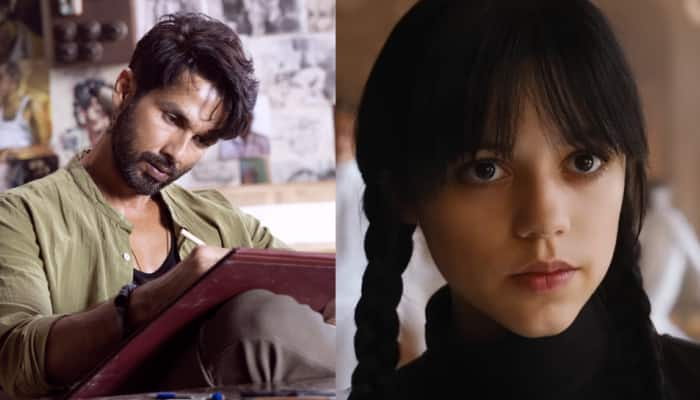Total solar eclipse on August 21: NASA prepares with Live coverage, safety information
On August 21, 2017, the Earth will cross the shadow of the moon, creating a total solar eclipse. During the eclipse, the moon will pass between the Sun and Earth, blocking the face of the sun and leaving only its outer atmosphere, or corona, visible in the sky.
Trending Photos
) Image credit: NASA
Image credit: NASA New Delhi: In just two months and for the first time in 99 years, a total solar eclipse will occur across the entire continental United States, sparking excitement among space enthusiasts and residents alike.
On August 21, 2017, the Earth will cross the shadow of the moon, creating a total solar eclipse. During the eclipse, the moon will pass between the Sun and Earth, blocking the face of the sun and leaving only its outer atmosphere, or corona, visible in the sky.
And NASA is preparing to share this experience of a lifetime with Live coverage, while also providing important information about safely viewing the total solar eclipse that will cross the US on August 21.
Viewers around the world will be provided a wealth of images captured before, during, and after the eclipse by 11 spacecraft, at least three NASA aircraft, more than 50 high-altitude balloons, and the astronauts aboard the International Space Station - each offering a unique vantage point for the celestial event.
NASA Television will air a multi-hour show, Eclipse Across America: Through the Eyes of NASA, with unprecedented live video of the celestial event, along with coverage of activities in parks, libraries, stadiums, festivals and museums across the nation, and on social media.
Over the course of 100 minutes, 14 states across the US - coast to coast, from Oregon to South Carolina - will experience more than two minutes of darkness in the middle of the day.
When the moon completely blocks the sun, day will turn into night and make visible the otherwise hidden solar corona, the sun’s atmosphere, says NASA. Bright stars and planets also will become visible.
Additionally, a partial eclipse will be viewable across all of North America. Using specialized solar viewing glasses or other equipment, all of North America will be able to view at least a partial eclipse lasting two to four hours.
“Never before will a celestial event be viewed by so many and explored from so many vantage points - from space, from the air, and from the ground,” said Thomas Zurbuchen, associate administrator of NASA’s Science Mission Directorate in Washington. “With our fellow agencies and a host of scientific organizations, NASA will continue to amplify one key message: Take time to experience the August 21 eclipse, but experience it safely.”
How to view safely
As per NASA, the only safe way to look directly at the uneclipsed or partially eclipsed sun is through special-purpose solar filters, such as eclipse glasses or handheld solar viewers.
Homemade filters or ordinary sunglasses, even very dark ones, are not safe for looking at the sun.
An alternative method for safe viewing of the partially-eclipsed sun is with a pinhole projector.
Understanding the sun has always been a top priority for space scientists. The eclipse will provide a unique opportunity to study the Sun, Earth, moon and their interaction because of the eclipse’s long path over land coast to coast.
“Eclipse 2017 provides an incredible opportunity to engage the entire nation and the world, inspiring learners of all ages who have looked to the sky with curiosity and wonder,” said Steven Clarke, director of NASA’s Heliophysics Division in Washington.
Scientists will be able to take ground-based and airborne observations over a period of an hour and a half to complement the wealth of data and images provided by space assets.
Stay informed on all the latest news, real-time breaking news updates, and follow all the important headlines in india news and world News on Zee News.
Live Tv







)
)
)
)
)
)
)
)
)
)

